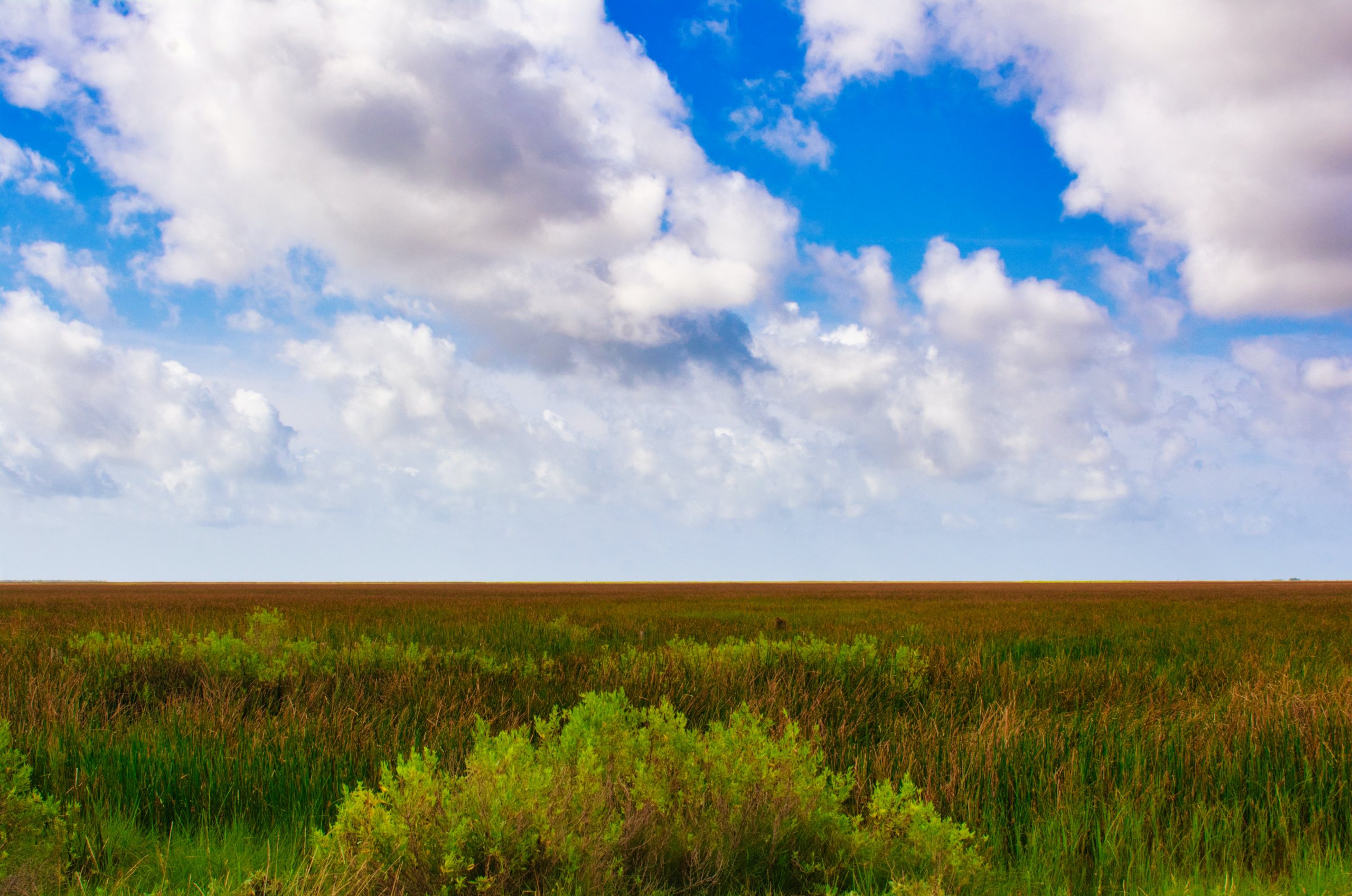Creating a Nature-Positive Future – UNDP report
A report from the United Nations Development Programme (UNDP), Creating a Nature-Positive Future, presents a path to enhance protected and conserved area coverage and quality to secure global nature, with multiple co-benefits for people. Protected areas (PAs) and other effective area-based conservation measures (OECMs) are a cornerstone of biodiversity conservation that provide co-benefits for achievement […] February 17, 2022
A report from the United Nations Development Programme (UNDP), Creating a Nature-Positive Future, presents a path to enhance protected and conserved area coverage and quality to secure global nature, with multiple co-benefits for people.
Protected areas (PAs) and other effective area-based conservation measures (OECMs) are a cornerstone of biodiversity conservation that provide co-benefits for achievement of the SDGs, in support of a nature-positive future. This report presents the global status of PAs and OECMs and opportunities for action, focusing on coverage and quality elements of effective management and equitable governance. Recognition is given to Indigenous Peoples’ territories and the need to secure tenure rights, as well as embed PAs and OECMs into national policies and frameworks.
The report builds on the findings of the IUCN/UNEP Protected Planet Report 2020, summarising progress towards the Convention on Biological Diversity’s (CBD) 2020 Aichi Biodiversity Target 11. Currently, protected areas and other effective area-based conservation measures (OECMs), also known as protected and conserved areas, cover 16.79% of non-Antarctic land and 8.0% of the ocean, with 43.7% of terrestrial ecoregions and 47.4% of marine ecoregions having some level of coverage. Protected and conserved areas provide essential protection of Key Biodiversity Areas and Ecologically or Biologically Significant Marine Areas, with 43.3% and 8.3% global coverage respectively.
Read the full UNDP report: Creating a Nature Positive Future: The Contribution of Protected Areas and Other Effective Area-Based Conservation Measures
